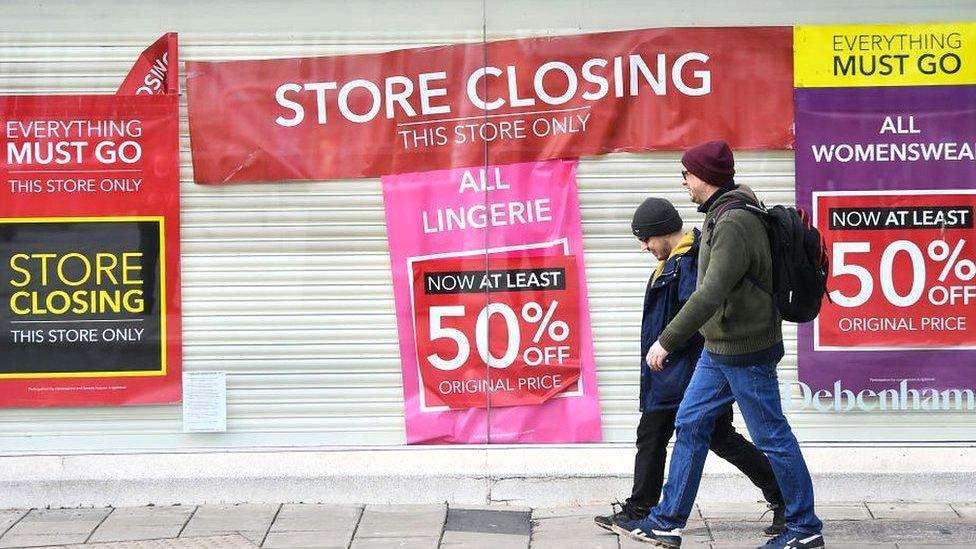The UK's high streets are expected to see an accelerated decline this year, with business closures and a slowdown in chain store openings being attributed to additional costs introduced by Chancellor Rachel Reeves.
Research indicates that the rate of store closures is likely to rise again, reversing the slowdown observed in 2024, when closures dropped to 10 per day from 13 per day in 2023. Analysts suggest this increase is a consequence of the tax-raising measures introduced in last October’s budget.
Despite a challenging environment for retailers, 2024 saw a slight improvement for high streets overall. While a significant number of well-known retail chains and banks shut down, net store closures were at their second-lowest level in a decade—only 2022 fared better, as retail destinations rebounded following the COVID-19 lockdowns. According to research conducted by Greenstreet for advisory firm PwC, a total of 12,800 stores shut their doors in 2024—1,277 fewer than in 2023—while 9,002 new stores opened, a slight decrease of just over 130 compared to the previous year.
Although the study did not provide specific projections for openings and closures in 2025, it warned that rising costs—including an increase in the minimum wage and higher national insurance contributions from April—would likely accelerate the closure rate.
Kien Tan, a senior retail adviser at PwC, noted that retail and hospitality businesses have been approaching new openings more cautiously in recent months. The impact of last year’s budget has led to higher operating costs, making many new locations less viable, which is expected to slow the rate of openings in 2025.
Concerns have also been raised about the potential effect on consumer spending, particularly in light of job losses anticipated as a result of Reeves’s policy changes.
While 2025 began on uncertain footing, consumer confidence showed signs of stabilizing this month after hitting a record low in February, according to data released on Wednesday by the British Retail Consortium. Household spending expectations for the next three months have increased, with food leading the way, particularly as inflation on staple goods such as dairy has eased. Spending expectations for home improvements and DIY projects have also turned positive.
Tan added that vacancy rates in high streets, shopping centers, and retail parks appear to have stabilized following the pandemic and are now aligning with the broader shift of shopping and services to online platforms.
PwC anticipates that, over time, the total number of shops and service providers in retail locations will continue to decline by approximately 2% annually. The departure of key services, such as banks and pharmacies, is reducing foot traffic and diminishing the appeal of high streets as shopping destinations.
In 2024, half of all net chain store closures were attributed to businesses such as chemists, pubs, banks, and automotive services, including dealerships and MOT centers. Notable closures included the widespread exit of Lloyds Pharmacies from high streets and the shutdown of over a dozen Wetherspoon’s pubs, both of which significantly impacted overall numbers.
UK banks have continued to shut branches as more consumers transition to digital banking, raising concerns about the effects on local communities. Earlier this year, the total number of UK bank branch closures over the past nine years surpassed 6,000.
On Wednesday, Santander announced plans to close an additional 95 branches across the UK this year, while also scaling back services in at least 50 more locations. Similarly, Lloyds Banking Group revealed in January that it would be shutting another 136 branches.
Meanwhile, convenience store chains have seen the fastest expansion, driven by Morrisons and Asda’s push into smaller-format stores. This growth was followed by an increase in coffee shops, takeaways, and budget retailers.
The twice-yearly report, based on data from Green Street (formerly known as the Local Data Company), monitors over 200,000 chain outlets across more than 3,500 locations. It provides insights into the evolving landscape of high streets, retail parks, and shopping centers. The study, conducted for PwC, excludes independent stores, which are tracked separately.








.svg)



